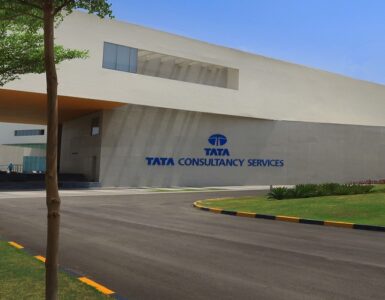Cloud computing as an IT Outsourcing (ITO) strategy presents a viable business case for companies with traditional enterprise platforms, but the cloud’s utility is not apparent when compared to a virtualized setup, according to Everest, a global consulting and research firm.
A buyer’s investment in a cloud infrastructure can save 40-50 percent over a traditional enterprise platform, according to a new Everest ITO study, Hype and Reality of Cloud Computing – Mind the Gap! The cloud proposition over enterprise setups is based on IT suppliers’ abilities to leverage scale to improve asset utilization, lower costs for asset procurement, standardize delivery and processes, and offer labor flexibility that reduces labor support ratios and delivers services from less expensive locations. On the other hand, large organizations running virtual datacenters may not find added value from cloud services unless IT demand is very volatile or through labor savings gained by large-scale sourcing options.
“The IT industry is working to woo enterprise buyers to the cloud, and many suppliers are positioned to deliver on most of the cloud’s benefits,” said Ross Tisnovsky, Vice President, Research. “However, the cloud conundrum lies in the fact that IT demand best served by the cloud is also the most challenging to serve from the cloud. While cloud services offer a strong business case over a traditional enterprise setup, the buyer’s cloud adoption strategy should not be based on cost savings alone. Buyers also must factor in associated risks, which need to be understood in the early stages while evaluating long-term strategies and approaches to cloud computing.”
Enterprises face multiple challenges to adopting cloud computing such as fragmented application portfolios, lack of cloud standards, security, system performance and management control. Security breaches, downtime, business disruption, and regulatory non-compliance issues pose significant concerns to buyers, and Everest predicts broad-based standards won’t come for 18 months or longer.
“Widespread adoption of standards will be further complicated by the notable absence of public cloud providers, such as Google and Amazon, as well as hosting and enabler product vendors. Meanwhile, suppliers are responding to buyers’ concerns by focusing attention on robust management toolsets to manage risks,” said Tisnovsky.
While internal applications workload and customer applications can be managed effectively from the cloud, the cloud hosting of customer applications is more difficult, according to the study. Hosting requires higher levels of security and risk management, presents significant integration issues, and bears more business continuity risks due to lack of control over suppliers’ recovery processes.
The Everest study also observes the common view of cloud computing overlooks Operations as a Service (OaaS), where cloud solutions are most logical and avoid several data privacy and security issues. Leveraging OaaS and building around a modular approach, the study suggests operational services such as back-up, server monitoring, and license management can be standardized and encapsulated into self-contained units of IT operations services. Operating independently, these modules would then be combined into customized solutions.
Everest outlines three potential scenarios for industry evolution of cloud computing in ITO: niche adoption, industry consensus where the cloud becomes a mainstream outsourcing option, and “hype and decline” where most services are merely branded with the cloud stamp.
The ITO study and analysis includes definitions of the cloud computing IT stack and services landscape, assessment of buyer challenges and the business case for cloud adoption, suppliers’ cloud strategies and service offerings and alternate scenarios for the evolution of cloud computing in ITO.
To read an extract of the study, Hype and Reality of Cloud Computing – Mind the Gap!, purchase the report, or inquire about other research services, please visit www.everestresearchinstitute.com.










Add comment